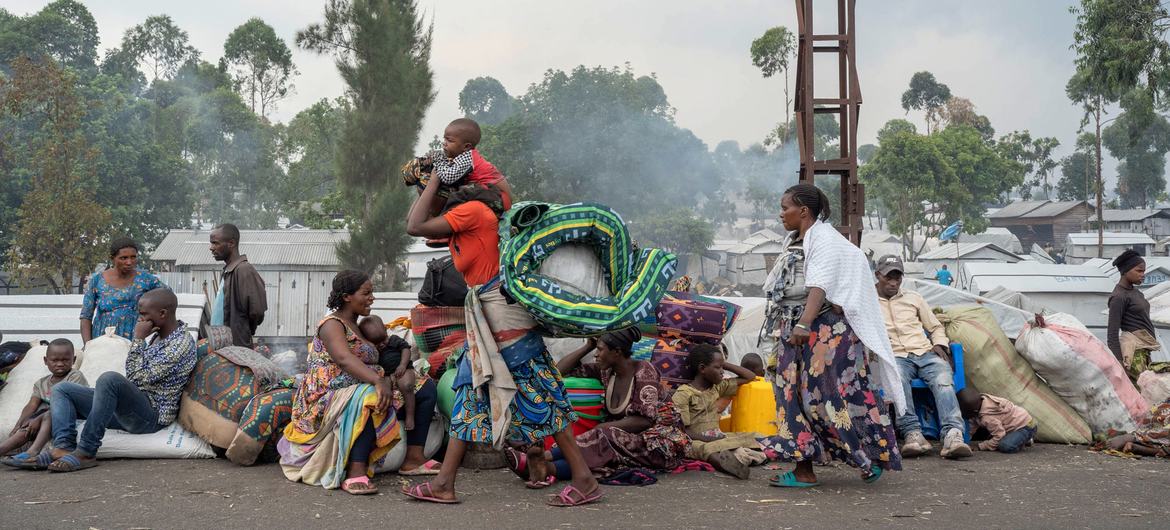Since April 4, heavy rainfall has been impacting the Democratic Republic of the Congo, triggering widespread flooding, casualties, and extensive damage.
High vulnerability and exposure main driver behind Kinshasa’s deadly floods following heavy, but not unusual rainfall





